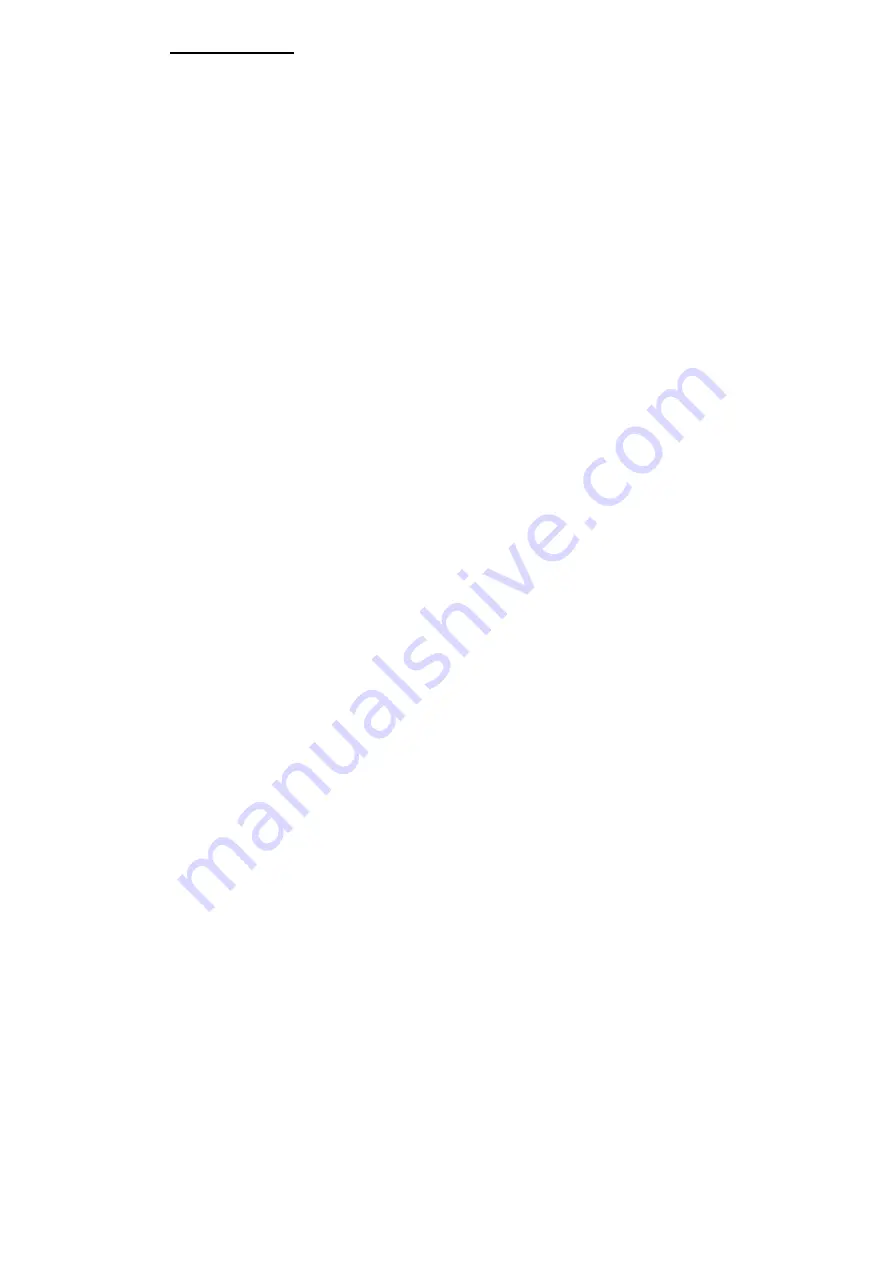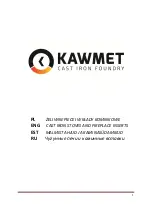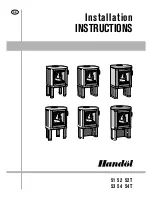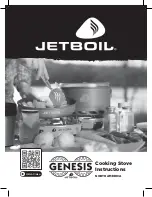
2
Table of contents
1.
Description
2
2.
General information, safety
instructions
3
3.
Data for calculating the
chimney
dimensions according to DIN 4705 Part 2
3
4.
Construction of the
HAAS+SOHN
oil stoves
3
5.
Oil stove installation
5
6.
Connecting the appliance to a central
oil supply (COS) or to a living room
tank
5
7.
Assembling and configuring the oil
tanks and inserting the oil pan
5
8.
Conversion instructions of the model
"Viking 468.50" to vertical flue pipe
connection
7
9.
Connecting to the chimney
8
10.
Electrical connection of the oil
stove
8
11.
Oil stove operation
9
11.1.
Suitable fuels
9
11.2.
Filling the oil tanks
9
11.3.
Initial start-up of your oil stove 9
11.4.
Igniting and normal operation
10
11.5.
Operating mode between the
seasons
11
11.6.
Shutting down the oil stove
11
11.7.
Emission limitation
11
12.
Cleaning and maintenance
11
12.1.
Cleaning the burner and the flue pipes
11
12.2.
Cleaning the oil-carrying parts
12
12.3.
Maintenance of primary air limiter
13
12.4.
Cleaning the appliance surfaces
13
12.5.
Maintaining the electric ignition
13
13.
Problem solutions -what to do if.. ?
13
14.
Warranty
15
14.1.
Genral
15
14.2.
Warranty guidelines
15
14.3.
Complaints
16
15.
Information concerning spare parts
orders
16
Congratulations and many thanks! You are the owner of a
HAAS+SOHN oil stove
– a quality product. Please read
these operating instructions carefully. They serve to inform
you on how to use this stove. This will increase the
utilisation value of the appliance and increase its service
life. Moreover, you can save fuel and protect the
environment through correct heating.
According to the
Appliance Safety Act
these installation
and operating instructions must be seen as a part of the
appliance. The instructions contain information on the
installation, for safe operation and for possibly occurring
faults and their remedy. In order to comply with the
Appliance Safety Act, these operating instructions must
therefore be accessible to the user of the appliance at all
times. Keep these instructions therefore in a safe place!
We can provide warranty on our products only if you
comply with the following guidelines of these installation
and operating instructions (see Chapter 14.2.Warranty
guidelines).
1. Description
Oil stoves are excellently suited for the heating of living
and working rooms. The stove temperature is regulated
by way of the output controller. Heating of the room air
and creating a comfortable room climate is largely
achieved through convection heat. In this way it is
possible to rapidly heat even cool rooms that have not
been heated for a longer period of time. The cold room
air enters the oven in the area of the base, is heated
while rising in the convection duct between combustion
chamber and outer wall, exiting at the top of the stove.
The proportion of radiation heat depends on the heat
radiation from the metal surfaces of the stove and in the
area of the view window.
In your oil stove the steel plate combustion chamber
stands on the appliance base. The heart of your oil stove
is an evaporation burner. It serves to evaporate and
combust the liquid fuel oil, converting it into heat. The flue
gases escape through the flue pipe spigot and the flue
pipe in the chimney.
An oil pan is integrated in the base of the appliance.
HAAS+SOHN oil stoves are surrounded by sidewalls, front
wall and rear wall.
For operating the appliance the oil stoves have been
prepared for connection to a central oil supply. However it
is also possible to attach an oil tank to the back of the oil
stove for operation. The oil controller (make: Toby DVR) is
mounted on a carrier plate inside the stove. The heat
output is regulated on the oil regulator by way of a linkage
with a rotary knob (output controller) in the sidewall.


































